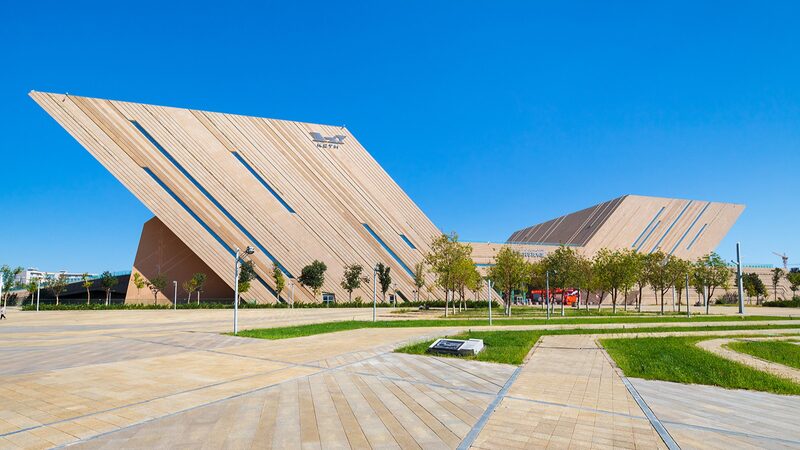This week, China made significant strides in science and technology, while also celebrating a milestone in wildlife conservation.
World’s Deepest Underground Lab Becomes Operational
On Thursday, China inaugurated the world’s deepest and largest underground physics laboratory, located 2,400 meters beneath the surface in Sichuan Province. This state-of-the-art facility offers a pristine environment for scientists to explore the elusive dark matter, thanks to its extreme depth that shields it from cosmic rays. The lab’s opening marks a major advancement in China’s contribution to fundamental physics research.
China Strives to Commercialize 6G Technology by 2030
China is ambitiously working towards the commercialization of 6G technology around 2030. Wang Zhiqin, deputy director of the China Academy of Information and Communications Technology and leader of China’s 6G promotion group, announced that 6G standards are expected to be established by 2025. This next-generation wireless technology promises to revolutionize connectivity and drive innovation across various industries.
Crested Ibises Make a Remarkable Comeback
In a triumphant conservation story, the Shaanxi Hanzhong Crested Ibis National Nature Reserve in northwest China’s Shaanxi Province is now home to the world’s largest population of wild crested ibises. Once on the brink of extinction with only seven individuals recorded in 1981, concerted efforts at the reserve have seen the population flourish. Over 100 crested ibises have been raised, symbolizing hope for the species’ continued survival.
Reference(s):
China Quick Take: 6G technology, underground lab and a species reborn
cgtn.com








